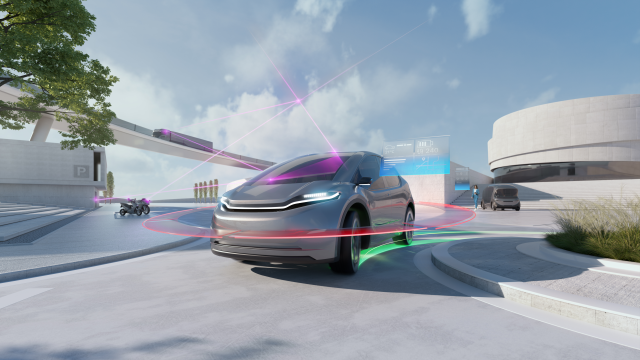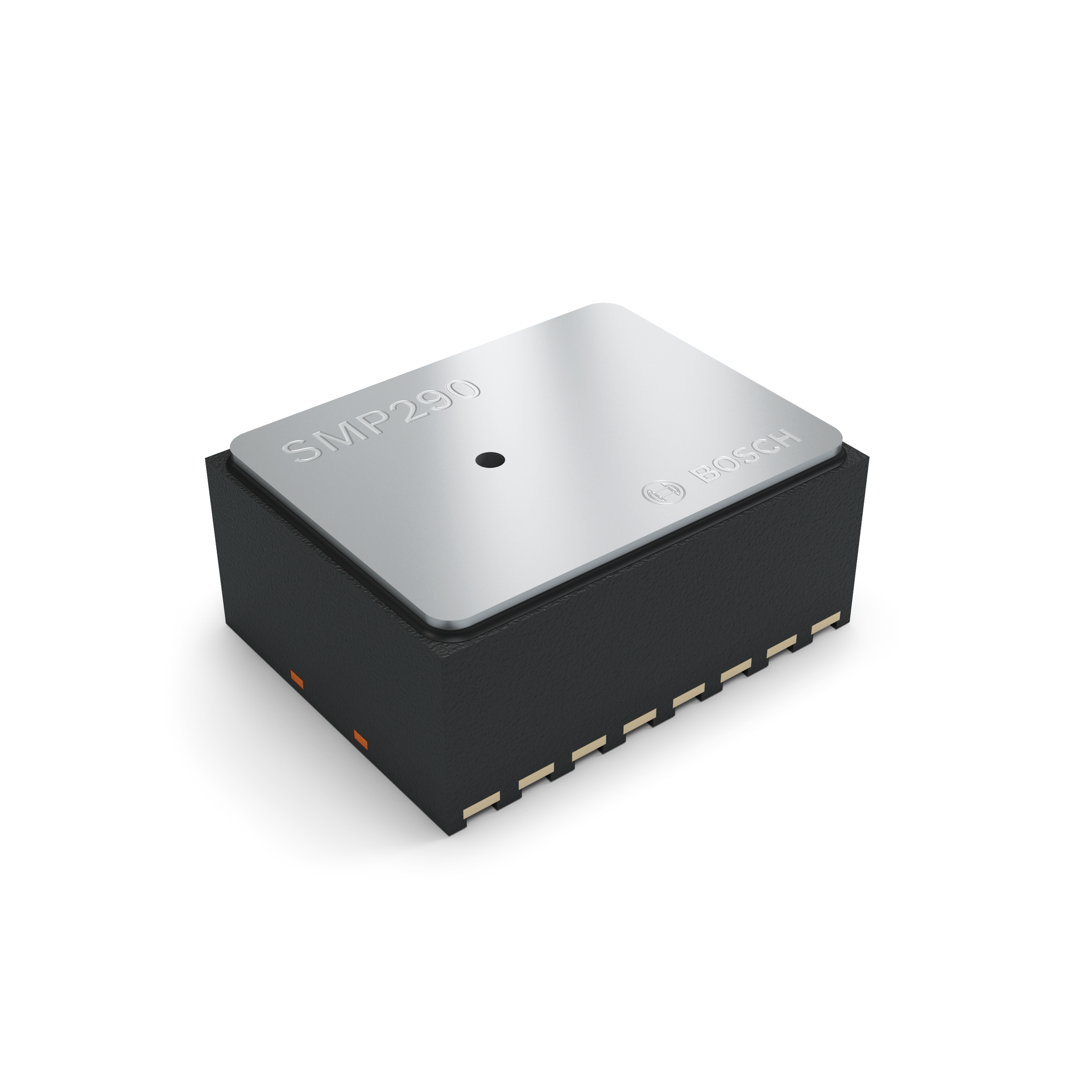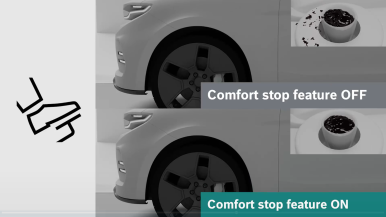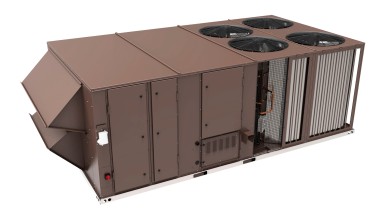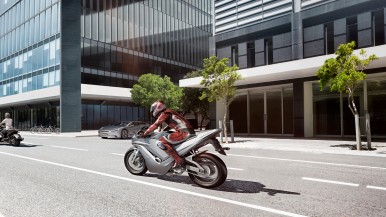Detroit – Tire pressure sensors play a crucial role when it comes to safety and efficiency in road traffic – whether for motorcycles, trucks, cars or buses. They help to extend tire life, reduce fuel consumption and increase vehicle safety. Tire pressure monitoring systems (TPMS) are already required by law for passenger vehicles in many regions of the world, including the U .S., Europe and China. With the new SMP290, Bosch has developed and launched the first extremely compact MEMS (micro-electromechanical system) sensor with an integrated Bluetooth Low Energy (BLE) interface for measuring tire pressure.
SMP290: energy and precision marvel with great potential
The SMP290 is based on Bosch's leading MEMS technology.
“SMP290 is the first fully integrated solution with a Bluetooth interface available on the market. The sensor combines all essential components for TPMS,” said Thorsten Scheer, regional president of the Bosch Mobility Electronics division in North America. “These include a microcontroller, Bluetooth interface, 2-axis acceleration sensor, as well as pressure and temperature sensors. What makes the SMP290 special is its high level of integration and extremely low power consumption, which enables an operating lifespan of up to ten years.”
The greatest potential, however, lies in bidirectional wireless communication. “The Bluetooth functionality not only improves efficiency but also safety throughout the entire lifetime of the sensor,” said Peter Wolfangel, member of the board of management of Bosch Mobility Electronics and responsible for development. The Bluetooth connection enables secure communication between the sensor and the vehicle. The software on the sensor can be updated quickly and easily via over-the-air updates, ensuring that the sensor remains up to date throughout its entire life cycle.
The SMP290 offers both technical and commercial advantages at several levels of the value chain: as a component for system integrators, it saves space and energy. As part of the vehicle architecture, it enables vehicle manufacturers to leverage synergies with other BLE systems. In addition, the Bluetooth capability facilitates user-friendly applications, such as convenient tire pressure monitoring directly via smartphone.
Reduced vehicle complexity thanks to smart system architecture
Many technological advances in vehicles improve the safety and comfort of road users. At the same time, however, they also make vehicles more complex. Bosch aims to leverage synergies and simplify components and vehicle architectures. Wolfangel explains, “The SMP290 is designed as an integrated system and can therefore make optimum use of synergies within a vehicle’s hardware and software.”
The sensor can share communication modules with other components, such as keyless access systems, thereby preventing redundancies and complicated cabling. “This contributes to a more efficient and leaner design that benefits the vehicle throughout its entire life cycle,” said Wolfangel.
Award nomination highlights innovation level
For three decades, the “Best of Sensors Awards” have already been recognizing technologies, executives and companies that are actively shaping the future of sensor technology, connectivity and automation. The SMP290 sensor from Bosch is one of five innovations nominated in the “Best Automotive & Mobility Solution” category. “We are delighted that the SMP290 is among the nominees, as it is a solution that will improve the energy efficiency and safety of all types of vehicles,” Wolfangel said. The decision will be announced live at Sensors Converge 2025 on June 25, 2025, at the Santa Clara Convention Center in California.
